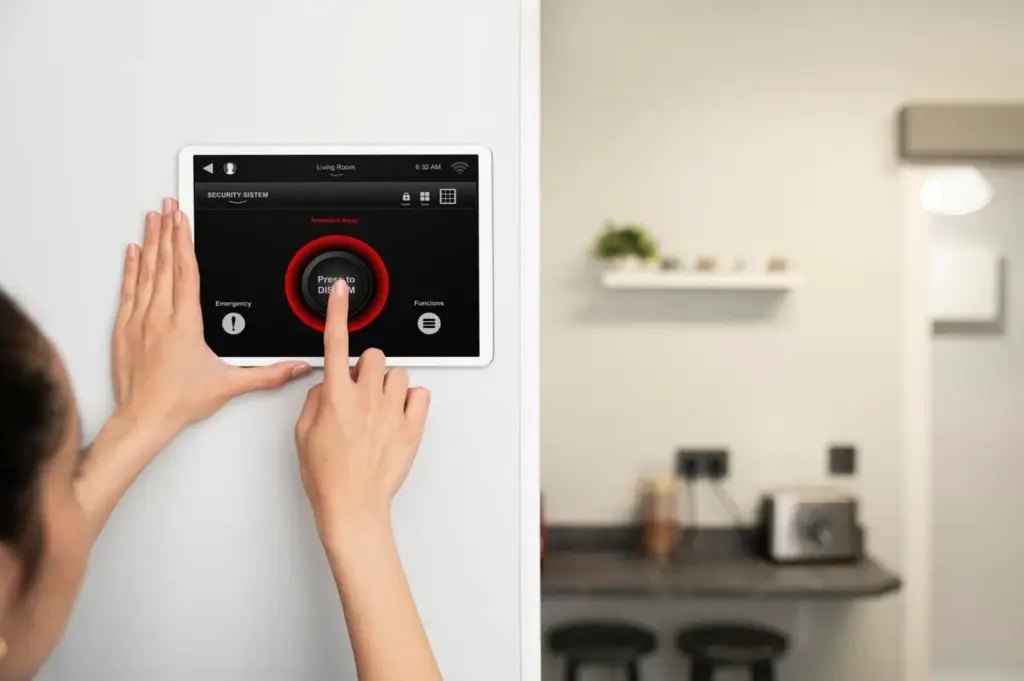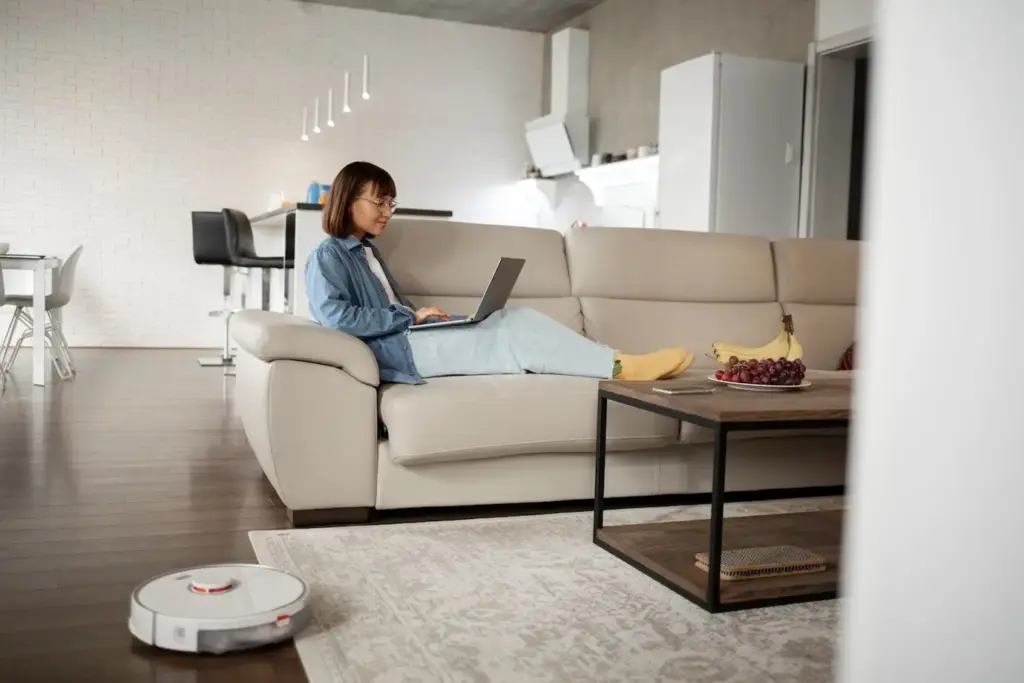Build a Safer, Smarter Home Network
Understand Your Home’s Attack Surface
Map Every Device, From Doorbells to Consoles
Walk room by room, list every gadget, and note connection methods, vendors, and update status. Include TVs, printers, hubs, and forgotten plugs. This inventory reveals hidden risks, duplicate services, and unsupported models, guiding later segmentation choices and helping everyone at home understand why changes matter.
Profile Traffic and Behaviors You Can Trust
Observe who talks to whom, how often, and where packets travel. Identify cloud dependencies, local-only devices, multicast chatter, and unnecessary internet exposure. With a baseline established, unusual connections stand out, making it easier to quarantine misbehaving gadgets without disrupting people’s daily tasks.
Rank Risks with Context, Not Fear
Instead of panic, weigh impact and likelihood across privacy, safety, and availability. A camera with weak firmware near a nursery deserves stronger isolation than a smart bulb. Context-driven prioritization shapes practical policies your family accepts and you can realistically maintain over months.
Create Separate SSIDs and VLANs per Trust Zone
Write Minimal, Explicit Firewall Rules
Allow Needed Discovery Without Opening Floodgates
Segment Devices by Role, Sensitivity, and Behavior
High-Sensitivity Zone for Cameras and Locks
Isolate video feeds and entry controls in their own network with no inbound access from other segments. Permit only necessary outbound destinations or local controllers. This reduces credential theft risk and limits how far a compromised camera can pivot inside your home.
Low-Trust Zone for Chatty, Cloud-Dependent Gadgets
Some plugs, bulbs, and novelty sensors chatter incessantly with vendor servers. Give them internet access but no lateral reach, and throttle or schedule as needed. If the vendor disappears, you can safely leave them online or retire them without endangering important devices.
Mesh Systems: Using Guest and IoT SSIDs Wisely
ISP Gateways: Taming Defaults Without Breaking Service
Affordable Upgrades with Big Security Payoffs
Set Up with Gear You Already Own
Observe, Alert, and Respond with Confidence
{{SECTION_SUBTITLE}}

Make Logs Useful, Not Noisy

DNS Filtering and Outbound Controls
Protect Privacy, Updates, and Lifecycles

All Rights Reserved.